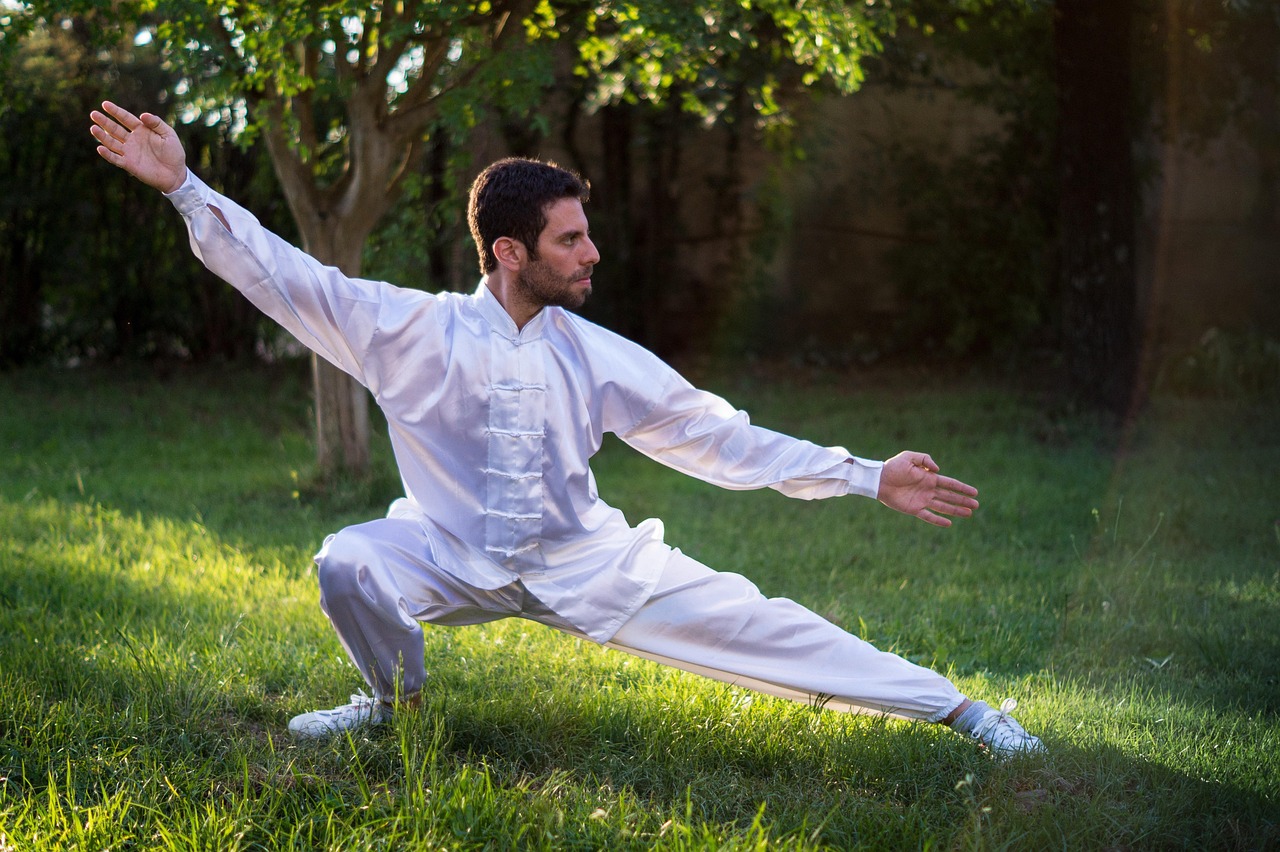Rejuvenating Your Health with the Science of Grounding
Are you aware that the simple act of standing barefoot on the Earth could transform your health? Welcome to the intriguing world of grounding, a wellness strategy that has been gaining traction due to its numerous reported benefits. This article delves into the science, benefits, and practical aspects of grounding— a topic that is relatively new but holds promise for holistic health.

A Historical Walkthrough of Grounding
The practice of grounding, also known as earthing, is actually an age-old tradition that has been practiced by various cultures. Indigenous communities across the world had an intuitive understanding of the Earth’s healing power. They engaged in rituals and practices like walking barefoot, sleeping on the ground, and using animal skins to create a direct connection with the Earth.
Scientific interest in grounding began in the late 20th century. Clinton Ober, a pioneer in grounding research, kick-started studies in the late 1990s. His research linked the health benefits of grounding to the Earth’s negative charge, which could neutralize harmful free radicals in the human body.
The Expanding World of Grounding Research
Grounding research is still in its infancy, yet promising studies have emerged. A 2012 review published in the Journal of Environmental and Public Health examined 12 peer-reviewed grounding studies. It concluded that grounding can improve sleep, reduce pain, decrease stress, and enhance overall well-being.
More recent research has begun to unravel grounding’s potential impact on chronic diseases. A 2015 study found that grounding could reduce blood viscosity—a major factor in cardiovascular disease. However, more research is needed to fully understand the implications of these findings.
Exploring the Benefits and Challenges of Grounding
Grounding offers potential benefits ranging from improved sleep to enhanced immune response. Research has suggested that grounding can help regulate cortisol levels, leading to better sleep and reduced stress. It may also reduce inflammation, improve wound healing, and enhance the body’s antioxidant defenses.
Despite these potential benefits, grounding comes with challenges. Urban living, modern lifestyles, and disconnect from nature make regular grounding difficult for many people. There’s also the need for more comprehensive research to solidify grounding’s health benefits and understand any potential risks.
Grounding: A Blend of Science and Tradition
Grounding is a unique blend of age-old traditions and modern science. It connects us with our ancestral roots while offering potential health benefits backed by scientific research. As we continue to explore this practice, it’s crucial to approach it with curiosity and open-minded skepticism, recognizing its potential yet acknowledging the need for more research.
Practical Aspects of Grounding
Grounding can be as simple as walking barefoot in a park or garden. Other grounding techniques include swimming in natural bodies of water and using grounding devices like mats, sheets, or bands.
- Direct contact: Walking barefoot on grass, sand, or soil.
- Grounding devices: These are special mats or bands that can be used indoors.
- Natural water bodies: Swimming in the sea or a lake can also be grounding.
Grounding as a Pathway to Enhanced Health
Grounding offers a fascinating perspective on health and wellness, combining ancient wisdom with modern science. While more research is needed, early findings suggest that grounding could be a simple yet powerful tool for enhancing overall well-being. Whether you choose to walk barefoot in the park or invest in a grounding mat, this practice offers a unique way to connect with nature and potentially improve your health. The science of grounding reminds us that sometimes, the simplest practices can offer the most profound benefits.




